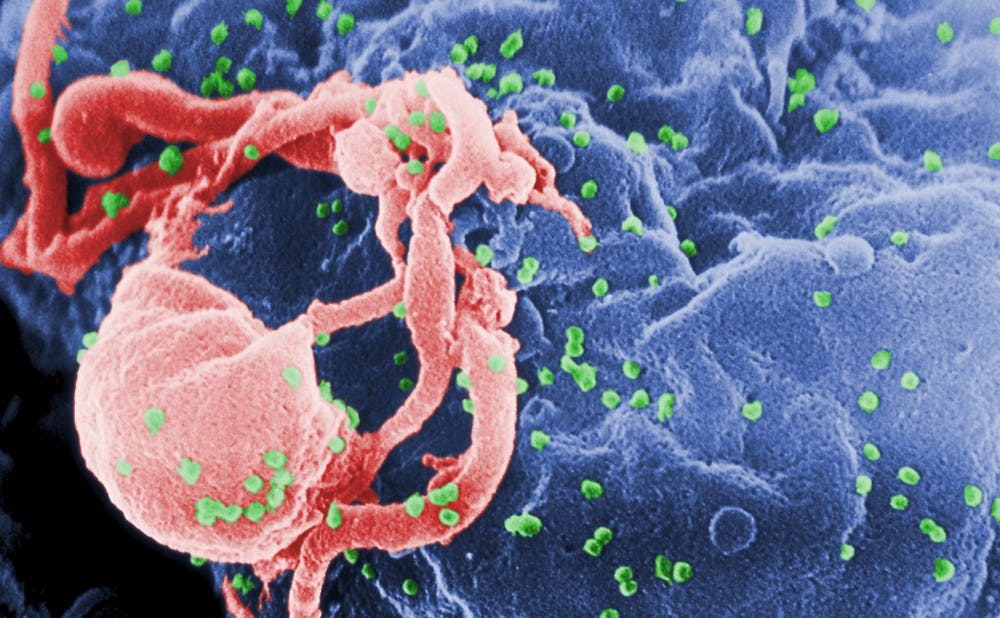Scientists have wondered for years why mothers with HIV have many different strains of the virus but only pass on a small subset to their children. Now, Duke researchers may have figured it out.
The researchers found that the HIV strains passed from mother to infant are more likely to be resistant to maternal antibodies—immune system proteins that tag harmful invaders to be destroyed—than HIV variants not passed on to the infant. The work was published in the open-access journal PLOS Pathogens April 19.
“Our study sought to try to understand what types of natural immune responses in a mother predict which virus is able to initiate an infection in the infant,” said Sallie Permar, director of the Laboratory of Neonatal Viral Pathogen Immunity at the Duke Human Vaccine Institute and co-senior author of the paper.
The study also identified two regions in a part of HIV that were enabling these strains to escape the mother’s antibodies, said Amit Kumar, research scientist at DHVI and lead author of the paper.
Scientists have previously established that HIV can be transmitted from mother to child during pregnancy and after birth when breastfeeding, Permar explained. However, she added that a majority of children born to HIV-positive mothers—about 60 percent—are not infected by the disease.
This statistic raised the question of what was protecting these babies and allowing them to escape the infection.
Not every case of mother-to-child HIV transmission is the same, Permar explained, because of the vast variability of HIV strains in the mother.
“It’s so unique to the individual that it’s almost like fingerprinting,” she said. “If you look at one person’s HIV diversity, it will define them from another infected individual.”
To identify the factors governing mother-to-child HIV transmission, Permar and her colleagues used information obtained from a historical study featuring 16 mother-child pairs with HIV. She explained that this study took place before antiretroviral therapy—a treatment used to combat HIV—was developed.
“This study was a really unique opportunity to try to understand the role of natural immunity because there is no treatment or antiviral drug that are contributing to who becomes infected or which viruses are transmitted,” she said.
Permar and her colleagues then analyzed the genetic information available from the study to determine the distinguishing factors behind the HIV variants passed from mother to child.
When they exposed these strains of HIV to the mother’s antibody-containing plasma, the researchers found that transmitted viruses were more likely to be resistant to maternal antibodies than viruses that were not transmitted, she noted.
Kumar and Permar explained that this discovery paves the way to developing a potential vaccine that would block HIV transmission from mother to infant.
“This is something that may be achievable through a vaccine,” Permar said. “If a vaccine was able to raise the mother’s antibody that can neutralize her own viruses—even for a short window of time over the course of pregnancy or during delivery—that would have hopes for further reducing the chance that the infant would become infected.”
Two of the HIV outer regions pinpointed in the paper—called the V3 and MPER regions—can predict whether the virus will be passed on and would be prime targets for an antibody designed to eradicate transmittable strains, Kumar added.
Permar pointed out that developing a vaccine or treatment to block maternal transmission of HIV might not be as difficult as once thought.
“That type of vaccine [to block mother-child transmission] could actually be an easier goal—could be a lower hurdle to cross—than a completely protective HIV vaccine, which has been elusive and challenging,” she said.
Get The Chronicle straight to your inbox
Signup for our weekly newsletter. Cancel at any time.

